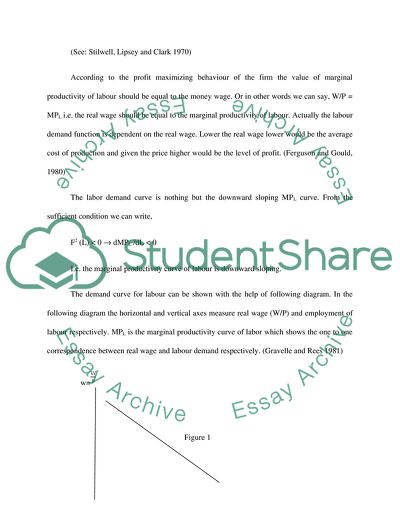Cite this document
(Price Flexibility Essay Example | Topics and Well Written Essays - 1750 words, n.d.)
Price Flexibility Essay Example | Topics and Well Written Essays - 1750 words. https://studentshare.org/macro-microeconomics/1718211-monetary-economics
Price Flexibility Essay Example | Topics and Well Written Essays - 1750 words. https://studentshare.org/macro-microeconomics/1718211-monetary-economics
(Price Flexibility Essay Example | Topics and Well Written Essays - 1750 Words)
Price Flexibility Essay Example | Topics and Well Written Essays - 1750 Words. https://studentshare.org/macro-microeconomics/1718211-monetary-economics.
Price Flexibility Essay Example | Topics and Well Written Essays - 1750 Words. https://studentshare.org/macro-microeconomics/1718211-monetary-economics.
“Price Flexibility Essay Example | Topics and Well Written Essays - 1750 Words”. https://studentshare.org/macro-microeconomics/1718211-monetary-economics.


